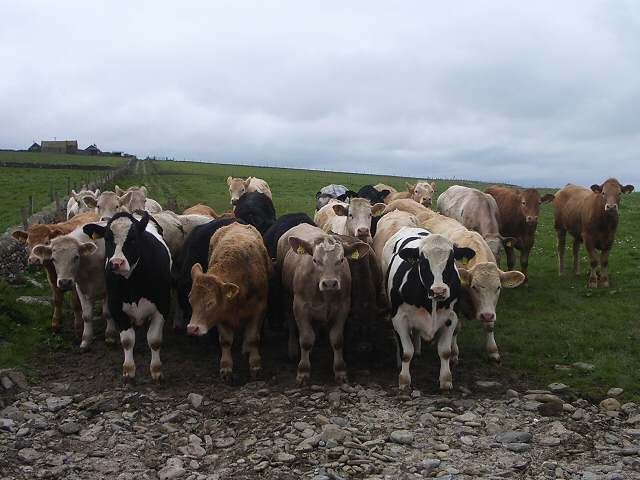beebopper
Field Bee
That time of year again - wasp and Karol appears again. It like the Invert sugar vs ordinary sugar debate.
I believe the Waspbane to be a good product which is massively over priced.
I have looked into this in some depth - high efficiency wasp traps are easy to make. Even went as far as reading the patent on Waspbane. Attractant can be easily made or bought.
The data on the web site is by the maker - think about it. Would you believe such data on a new medicine if only the makers data supports it.
Scientifically proven is loosely banded about in marketing bumf but a 'fool and his/her money are easily parted'. Many Beekeepers are excellent pray for this type of product where they treat the bees like pets and are cash rich.
I believe the Waspbane to be a good product which is massively over priced.
I have looked into this in some depth - high efficiency wasp traps are easy to make. Even went as far as reading the patent on Waspbane. Attractant can be easily made or bought.
The data on the web site is by the maker - think about it. Would you believe such data on a new medicine if only the makers data supports it.
Scientifically proven is loosely banded about in marketing bumf but a 'fool and his/her money are easily parted'. Many Beekeepers are excellent pray for this type of product where they treat the bees like pets and are cash rich.
Last edited:
























































